Eau de Parfum sits at the top tier of fragrance families, known for its luxurious depth and lingering trails. What surprises many people is just how much more intense it is, with aromatic compound concentrations reaching up to 20 percent compared to lighter scents that might only have 2 percent. But Eau de Parfum is not just about intensity or price tags. Its real power is in how it transforms on the skin, unfolding its story and evolving through the day so that no two experiences are ever quite the same.
Table of Contents
- Defining Eau de Parfum: What Makes It Special?
- The Importance of Scent Concentration in Fragrances
- How Eau de Parfum Differs From Other Fragrance Types
- The Art of Layering Fragrance: Creating Personal Scent Profiles
- Choosing the Right Eau de Parfum: Factors to Consider
Quick Summary
| Takeaway | Explanation |
|---|---|
| Eau de Parfum offers high fragrance concentration | Typically containing 15% to 20% aromatic compounds, EDP is more robust than lighter scents. |
| EDP lasts significantly longer than lighter fragrances | Expect a lasting scent experience of 6 to 8 hours, providing consistent wear throughout the day. |
| Select fragrances based on personal skin chemistry | Individual skin types affect how perfumes develop; consider body temperature and moisture when choosing a scent. |
| Layer fragrances to create unique scents | Combining Eau de Parfum with other scents allows for a customised olfactory experience tailored to personal preferences. |
| Choose EDP for versatile settings | Its sophisticated nature makes EDP appropriate for various occasions, from professional to social environments. |
Defining Eau de Parfum: What Makes It Special?
Eau de Parfum (EDP) represents the pinnacle of fragrance concentration, offering an exquisite balance between intensity and sophistication. Unlike lighter fragrance variations, EDP provides a complex sensory experience that transforms throughout the day, captivating wearers and those around them with its nuanced aromatic profile.
Fragrance Concentration and Composition
At its core, Eau de Parfum contains a higher percentage of aromatic compounds, typically ranging between 15% to 20%. This elevated concentration means EDP delivers more robust and longer-lasting scent performance compared to Eau de Toilette or Cologne. Researchers at the Smithsonian Magazine have documented how fragrance concentrations directly impact olfactory perception and wearing experience.
The intricate composition of Eau de Parfum allows for remarkable depth and complexity. Perfumers carefully craft these fragrances to include:
- Robust top notes that provide initial aromatic impressions
- Rich middle notes representing the heart of the fragrance
- Deep base notes that anchor the scent and provide lasting resonance
Longevity and Wearing Experience
One distinguishing characteristic of Eau de Parfum is its exceptional longevity. While lighter fragrances might dissipate within a few hours, EDP can persist on the skin for 6 to 8 hours, sometimes even longer. This extended wear time makes it an ideal choice for individuals seeking a signature scent that remains consistent throughout their day.
For those interested in understanding more about selecting the perfect fragrance, our comprehensive fragrance shopping guide provides additional insights into navigating the world of perfumery.
Understanding Eau de Parfum goes beyond mere technical specifications. It represents an art form where chemistry, creativity, and personal expression converge, offering wearers a sophisticated method of self-expression through carefully crafted aromatic compositions.
The Importance of Scent Concentration in Fragrances
Scent concentration represents a fundamental aspect of perfumery that transforms a simple fragrance into a complex olfactory experience. Understanding the nuanced relationship between aromatic compound percentages and sensory perception allows consumers to make more informed choices about their preferred fragrances.
Chemical Composition and Sensory Impact
Fragrance concentration directly influences how a scent interacts with an individual’s skin chemistry and environmental conditions.
Encyclopedia Britannica reveals that different concentration levels dramatically alter a fragrance’s molecular interaction, performance, and overall sensorial profile.
The chemical composition of fragrances varies significantly across concentration levels, typically categorized as:
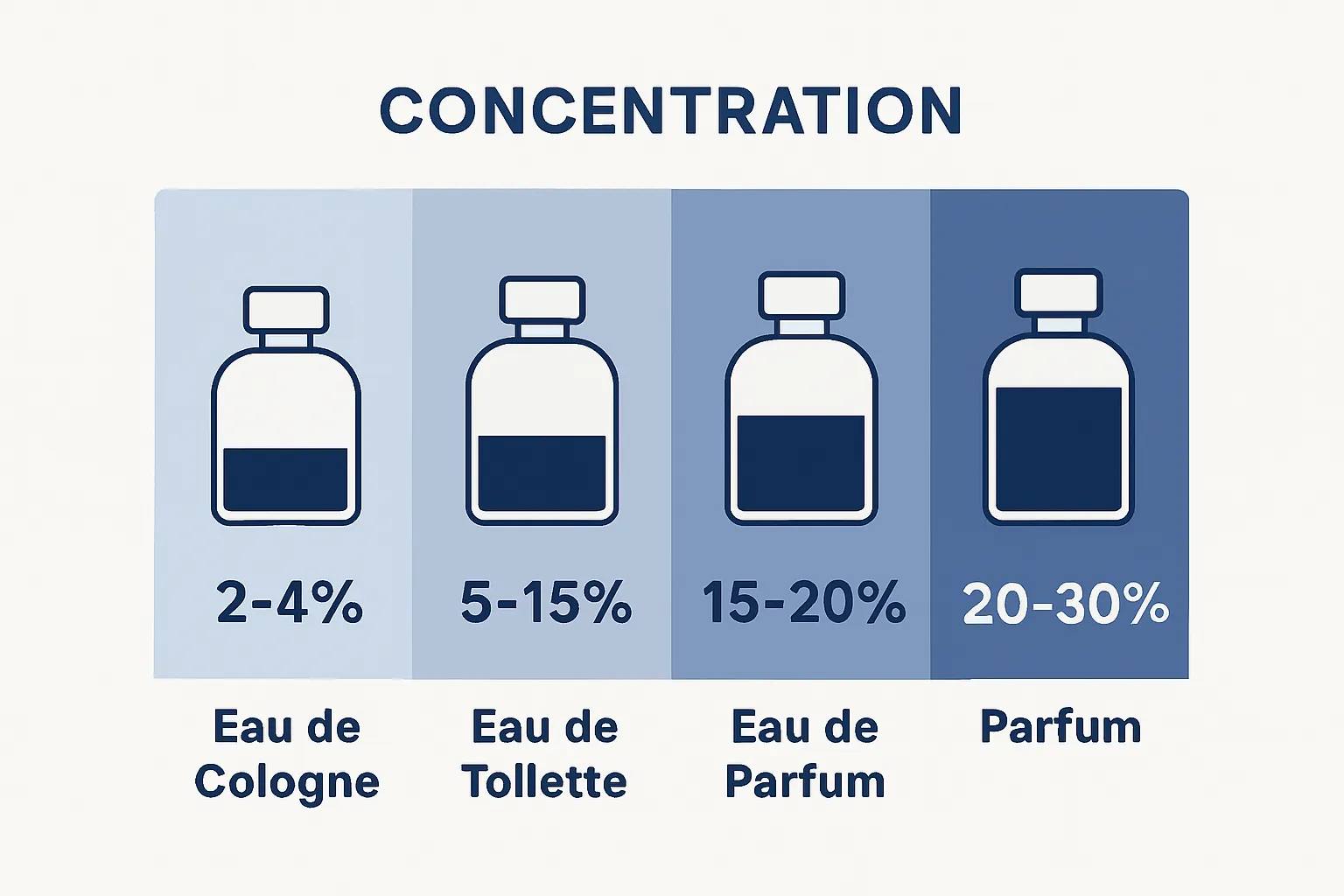
- Eau de Cologne (2-4% aromatic compounds)
- Eau de Toilette (5-15% aromatic compounds)
- Eau de Parfum (15-20% aromatic compounds)
- Parfum/Extrait (20-40% aromatic compounds)
Olfactory Perception and Personal Expression
Each concentration level offers unique wearing characteristics that extend beyond mere longevity. Higher concentrations provide more profound olfactory complexity, allowing wearers to experience multiple layers of fragrance notes that unfold gradually throughout the day.
For fragrance enthusiasts seeking to explore diverse scent experiences, our signature scent collection provides comprehensive insights into selecting the perfect fragrance concentration.
Moreover, scent concentration impacts not just performance but serves as a form of personal expression. The right concentration can communicate sophistication, confidence, and individual style, making fragrance selection a deeply personal and nuanced art form that goes far beyond mere olfactory pleasure.
How Eau de Parfum Differs from Other Fragrance Types
Each fragrance type possesses unique characteristics that distinguish its performance, composition, and overall sensory experience. Understanding these subtle yet significant differences enables consumers to select the most appropriate scent for their lifestyle, occasion, and personal preferences.
Concentration and Intensity Variations
The primary distinguishing factor among fragrance types lies in their aromatic compound concentration. Perfume Industry Research demonstrates how varying concentration levels dramatically transform a fragrance’s intensity, longevity, and molecular complexity.
Typical fragrance types can be ranked by their aromatic compound percentages:
- Eau de Cologne: 2-4% concentration, lightest and most refreshing
- Eau de Toilette: 5-15% concentration, light to moderate intensity
- Eau de Parfum: 15-20% concentration, rich and long-lasting
- Pure Parfum/Extrait: 20-40% concentration, most intense and luxurious
Wearing Experience and Performance
Eau de Parfum stands distinctly apart from other fragrance types through its superior performance and complexity. Unlike lighter variations like Eau de Cologne or Eau de Toilette, EDP offers a more profound and nuanced olfactory journey. The higher concentration allows for a more gradual and sophisticated scent progression, revealing intricate layers of fragrance notes throughout the day.
For enthusiasts looking to explore premium fragrance options, our D’Arte EDP collection represents an exceptional representation of high-quality Eau de Parfum craftsmanship.
While each fragrance type serves a unique purpose, Eau de Parfum strikes an exquisite balance between intensity and wearability.
The table below compares the key fragrance types based on their concentration, characteristics, and typical wearing experience, helping readers visually distinguish the unique qualities of each category.
| Fragrance Type | Aromatic Compound Concentration | Typical Longevity | Scent Intensity | Key Characteristics |
|---|---|---|---|---|
| Eau de Cologne | 2% - 4% | Up to 2 hours | Light, refreshing | Subtle, ideal for a quick freshen-up |
| Eau de Toilette | 5% - 15% | 3 - 5 hours | Light to moderate | Everyday wear, versatile |
| Eau de Parfum (EDP) | 15% - 20% | 6 - 8 hours | Rich, substantial | Complex, multi-layered, long-lasting |
| Parfum/Extrait | 20% - 40% | 8+ hours | Most intense, luxurious | Deep notes, exceptional longevity |
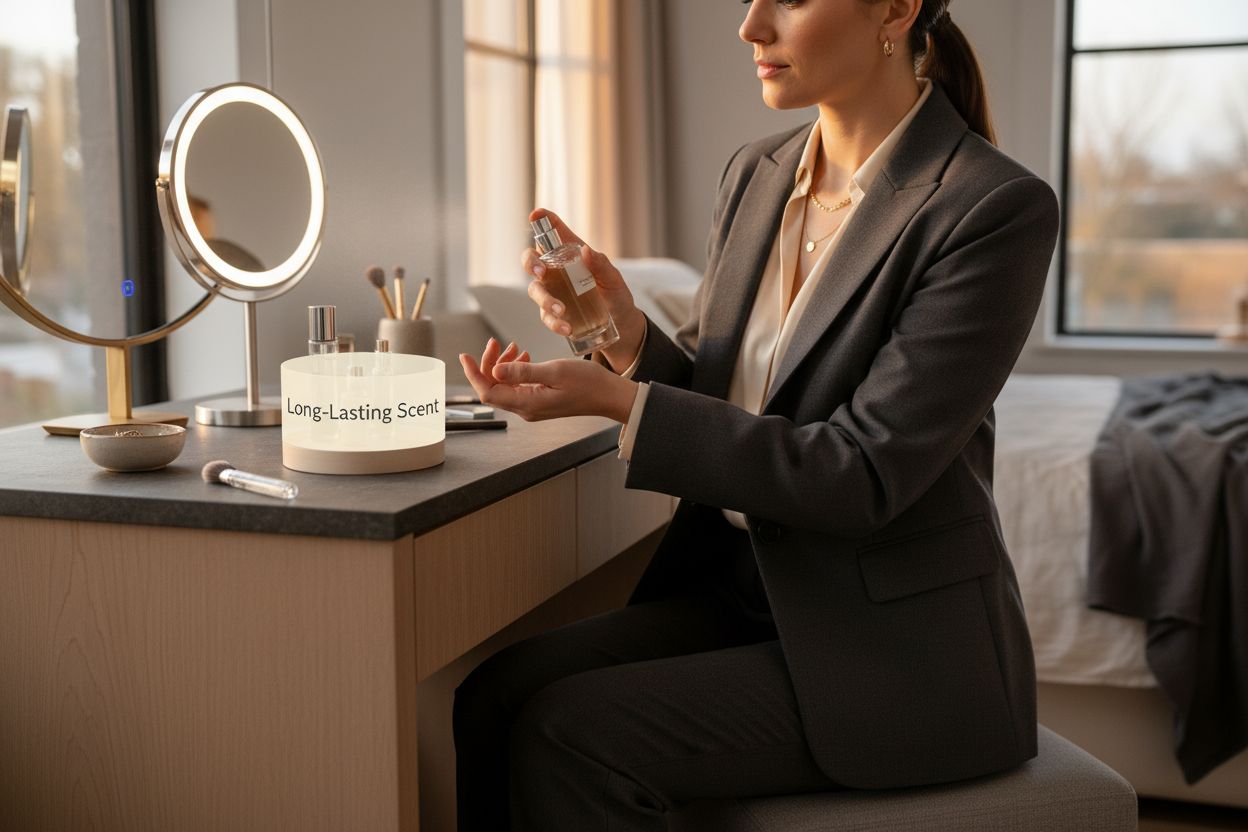
The Art of Layering Fragrance: Creating Personal Scent Profiles
Fragrance layering transforms perfume application from a simple routine into a sophisticated art form of personal expression. By strategically combining different scents, individuals can create unique olfactory experiences that reflect their personality, mood, and individual chemistry.
Understanding Fragrance Note Interactions
Fragrantica reveals that successful fragrance layering requires a nuanced understanding of how different aromatic notes complement and interact with each other. The key lies in harmonizing complementary scent families and understanding the molecular structure of individual fragrances.
Effective fragrance layering involves considering several critical elements:
- Identifying base, middle, and top notes within each fragrance
- Understanding individual skin chemistry
- Experimenting with scent combinations that create balanced olfactory experiences
Strategic Layering Techniques
Eau de Parfum serves as an exceptional foundation for fragrance layering due to its rich concentration and complex note progression. By strategically applying different scents, wearers can create multi-dimensional aromatic profiles that evolve throughout the day.
For fragrance enthusiasts seeking to explore sophisticated scent combinations, our guide to fragrance notes provides comprehensive insights into building harmonious scent layers.
Mastering fragrance layering requires patience, creativity, and a willingness to experiment. It is not merely about combining scents but about crafting a personal aromatic narrative that communicates individual style, emotion, and sophistication through the subtle art of olfactory composition.
Choosing the Right Eau de Parfum: Factors to Consider
Selecting the perfect Eau de Parfum is a deeply personal journey that transcends mere fragrance selection. It involves understanding personal style, body chemistry, lifestyle, and the subtle nuances that transform a scent from pleasant to extraordinary.
Personal Chemistry and Skin Interaction
Fragrance Psychology Research demonstrates that individual skin chemistry dramatically influences how a perfume develops and performs. Each person’s unique biochemical composition interacts differently with fragrance molecules, creating a personalized olfactory experience.
Key considerations when evaluating fragrance compatibility include:
This table organises the main factors influencing how Eau de Parfum develops on each individual, providing a clear reference for the personal elements that affect fragrance performance.
| Factor | Description |
|---|---|
| Natural body temperature | Influences how quickly scent molecules evaporate and unfold |
| Skin pH levels | Affects chemical reaction and scent development |
| Skin moisture content | Higher moisture can help fragrances last longer |
| Personal pheromones | Interact with scent molecules, creating unique nuances |
| Genetic predispositions | May alter sensitivity and perception of fragrance notes |
- Natural body temperature and pH levels
- Skin moisture content
- Personal pheromone interactions
- Genetic predispositions to scent perception
Lifestyle and Occasion Alignment
Choosing an Eau de Parfum requires thoughtful consideration of personal context and intended wearing environments. The same fragrance can perform differently based on professional settings, social events, or personal preferences.
For individuals seeking comprehensive guidance, our perfume selection tips provide invaluable insights into matching fragrances with lifestyle demands.
Ultimately, selecting the right Eau de Parfum is an intimate process of self-discovery. It involves understanding not just the technical aspects of fragrance composition, but also embracing the emotional and personal narrative that a signature scent can communicate. The perfect fragrance becomes an extension of one’s personality, silently speaking volumes about individual style, sophistication, and sensory preferences.
Discover the Power of Eau de Parfum for Your Signature Scent
Finding an Eau de Parfum that truly captures your uniqueness can be a challenge. Perhaps you struggle to find fragrances with enough lasting power or complexity. Or maybe you want the refined experience of luxury scents, but not the premium price. As explained in this article, Eau de Parfum offers richness, sophistication, and long wear—qualities often sought by fragrance lovers who want to express confidence and individuality.
Explore our curated Niche Perfumes Collection, where you will find elegant Eau de Parfums inspired by renowned designer brands, crafted with care and premium European ingredients.
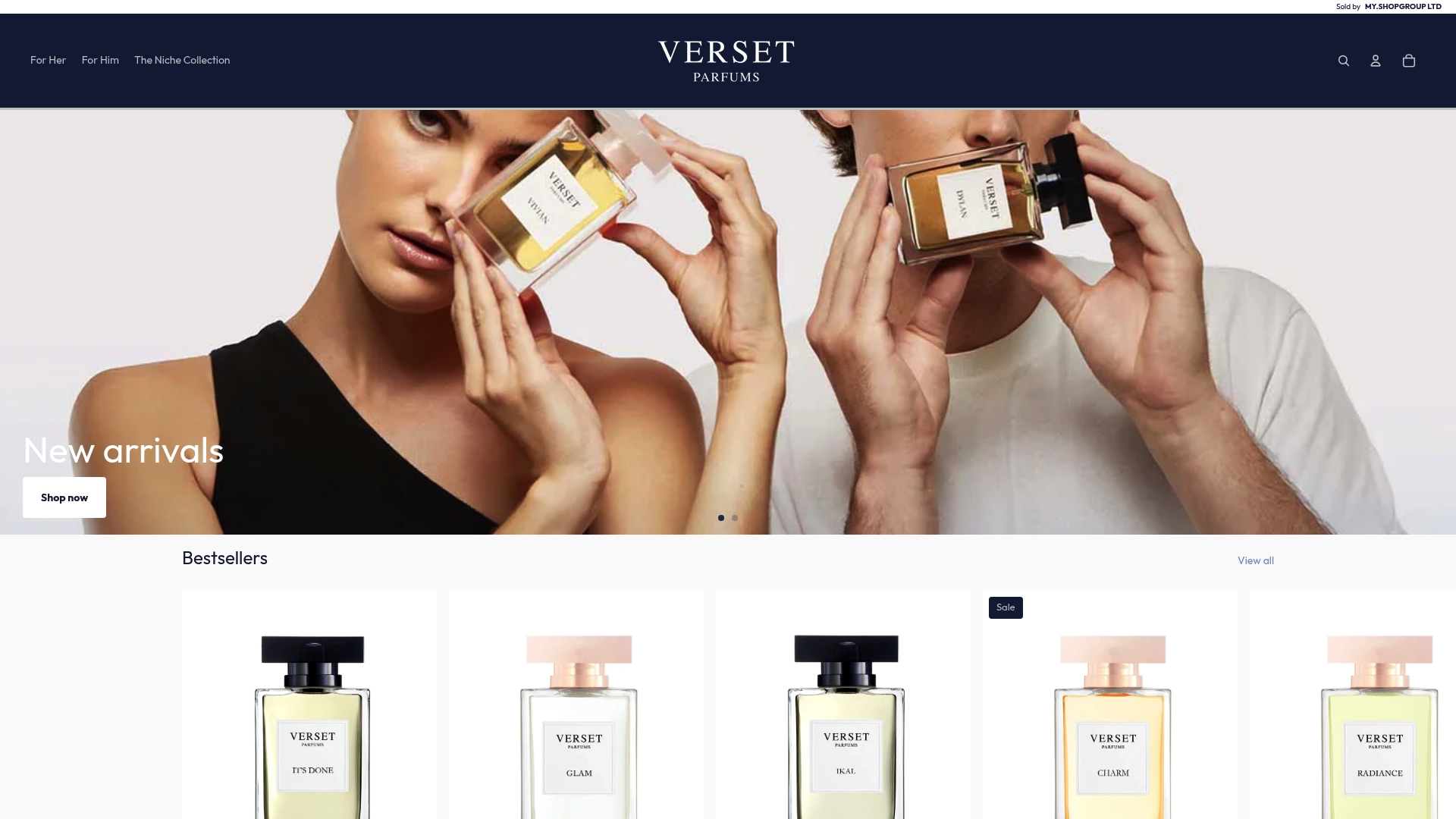
Elevate your daily scent ritual with affordable luxury that feels and performs like high-end fragrance. Browse our full catalogue at Verset Parfums or stay ahead of trends by discovering new Eau de Parfum arrivals. Experience the essence of Eau de Parfum and redefine your personal style today.
Frequently Asked Questions
What is Eau de Parfum?
Eau de Parfum is a type of fragrance that contains 15% to 20% aromatic compounds, offering a rich and long-lasting scent experience compared to lighter fragrances.
How does Eau de Parfum differ from other fragrance types?
Eau de Parfum has a higher concentration of aromatic compounds than Eau de Toilette (5-15%) and Eau de Cologne (2-4%), leading to greater intensity, longevity, and a more sophisticated olfactory profile.
How long does Eau de Parfum typically last?
Eau de Parfum can last on the skin for approximately 6 to 8 hours, making it a popular choice for those seeking a signature scent that endures throughout the day.
What factors should I consider when choosing an Eau de Parfum?
When selecting an Eau de Parfum, consider your personal chemistry, the intended occasion, and how the fragrance interacts with your skin type and lifestyle.
Recommended
- Understanding the Fragrance Shopping Guide for Everyone – VersetParfums.Shop
- D’Arte EDP by Verset – Inspired by Acqua di Parma – VersetParfums.Shop
- Unveil Your Signature Scent: Verset Parfums’ Alluring Collection – VersetParfums.Shop
- Unlock Your Fragrance Allure: Discover Verset Parfums’ Captivating Collection – VersetParfums.Shop


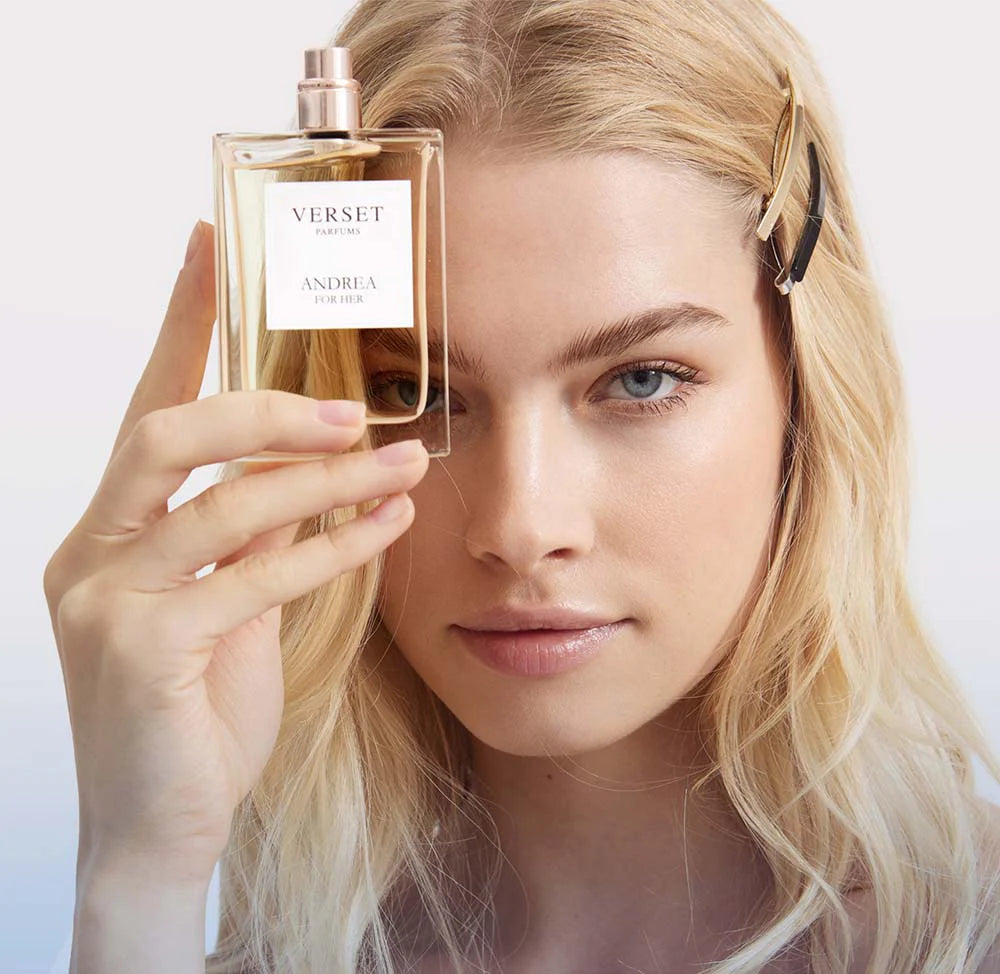
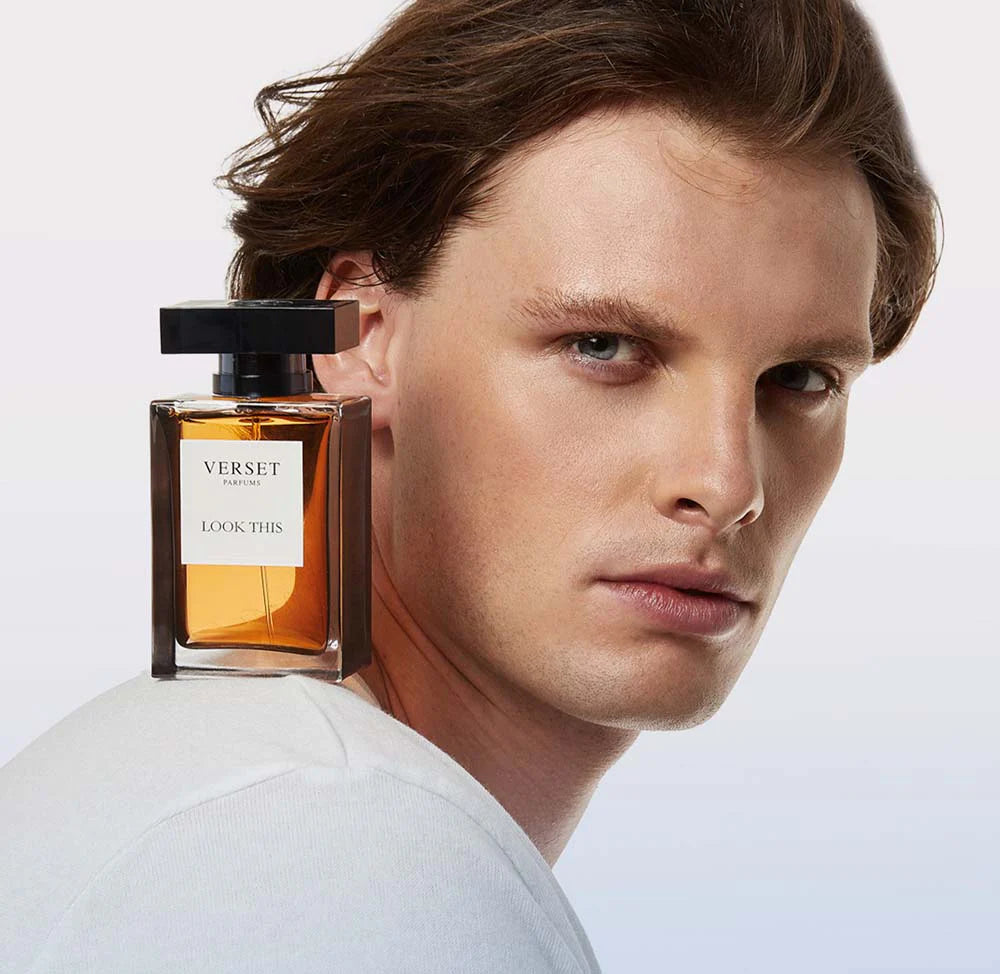
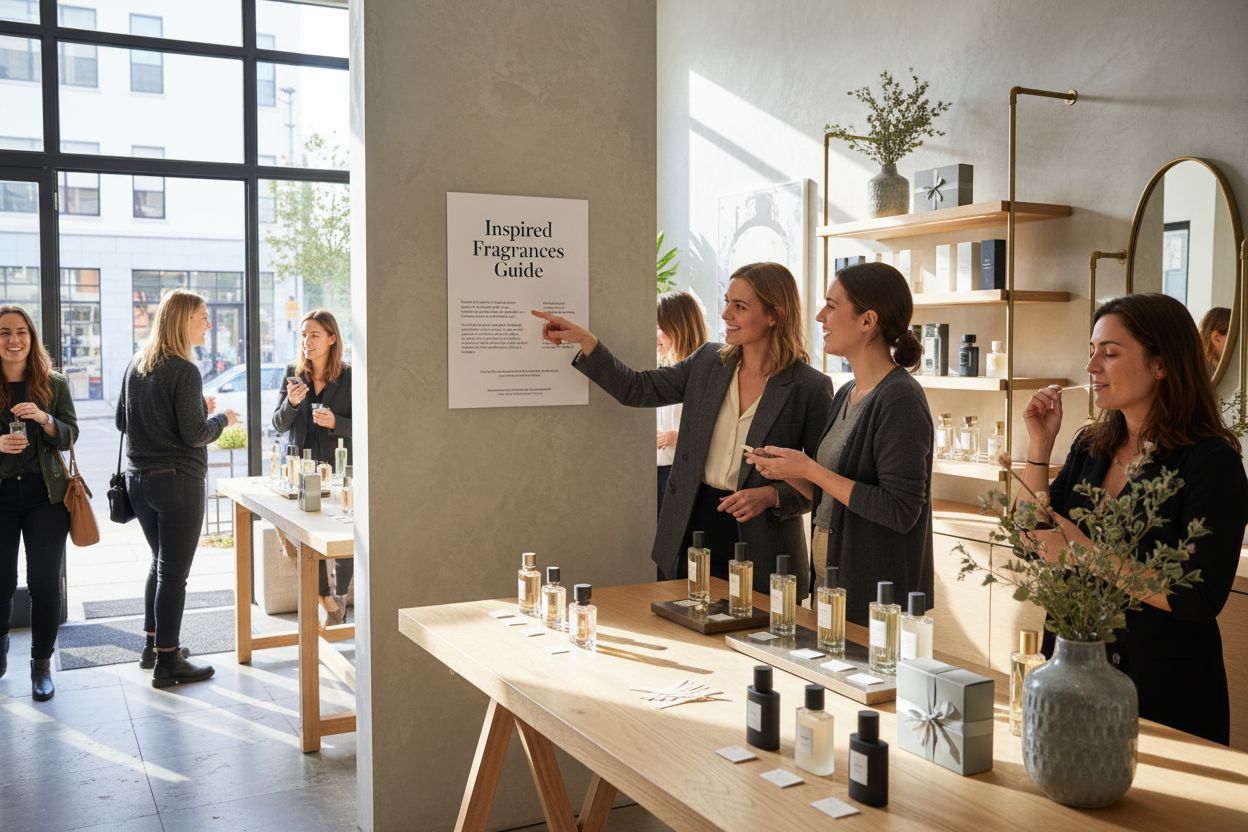
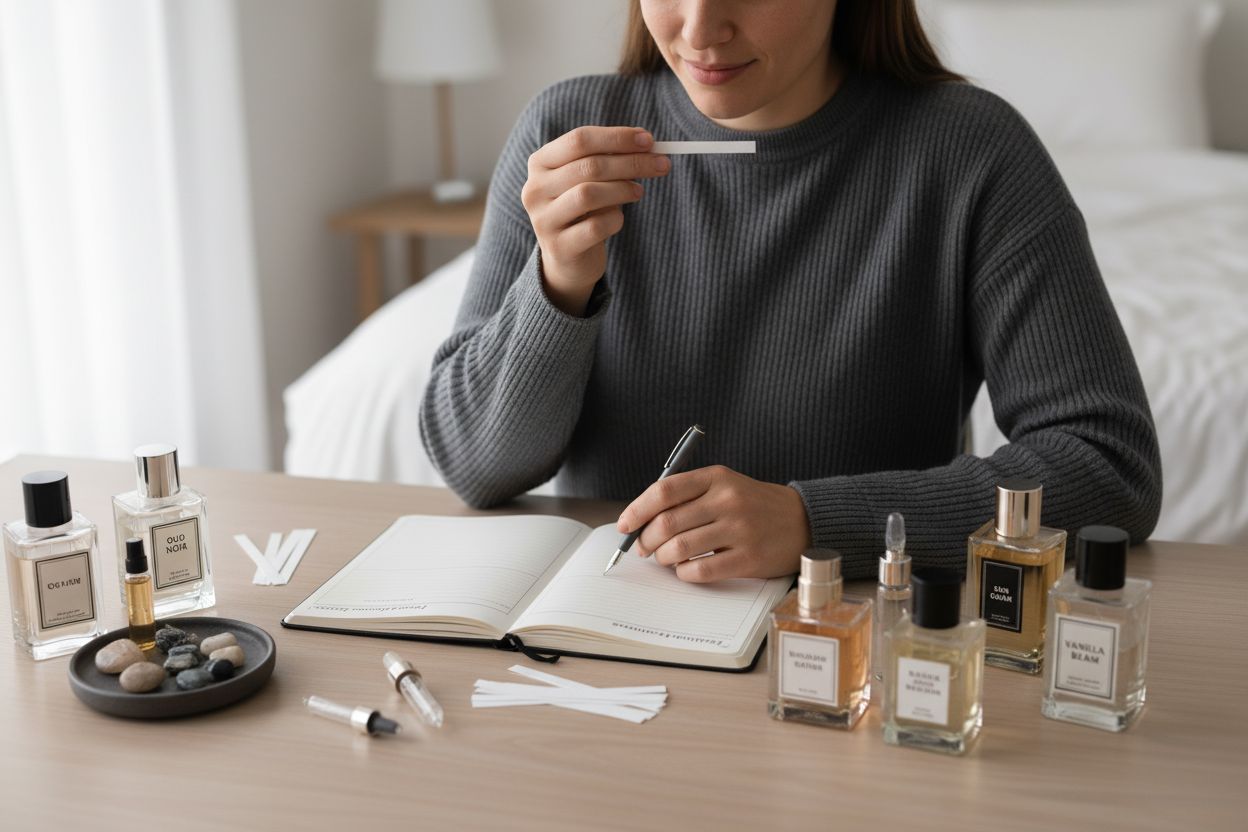
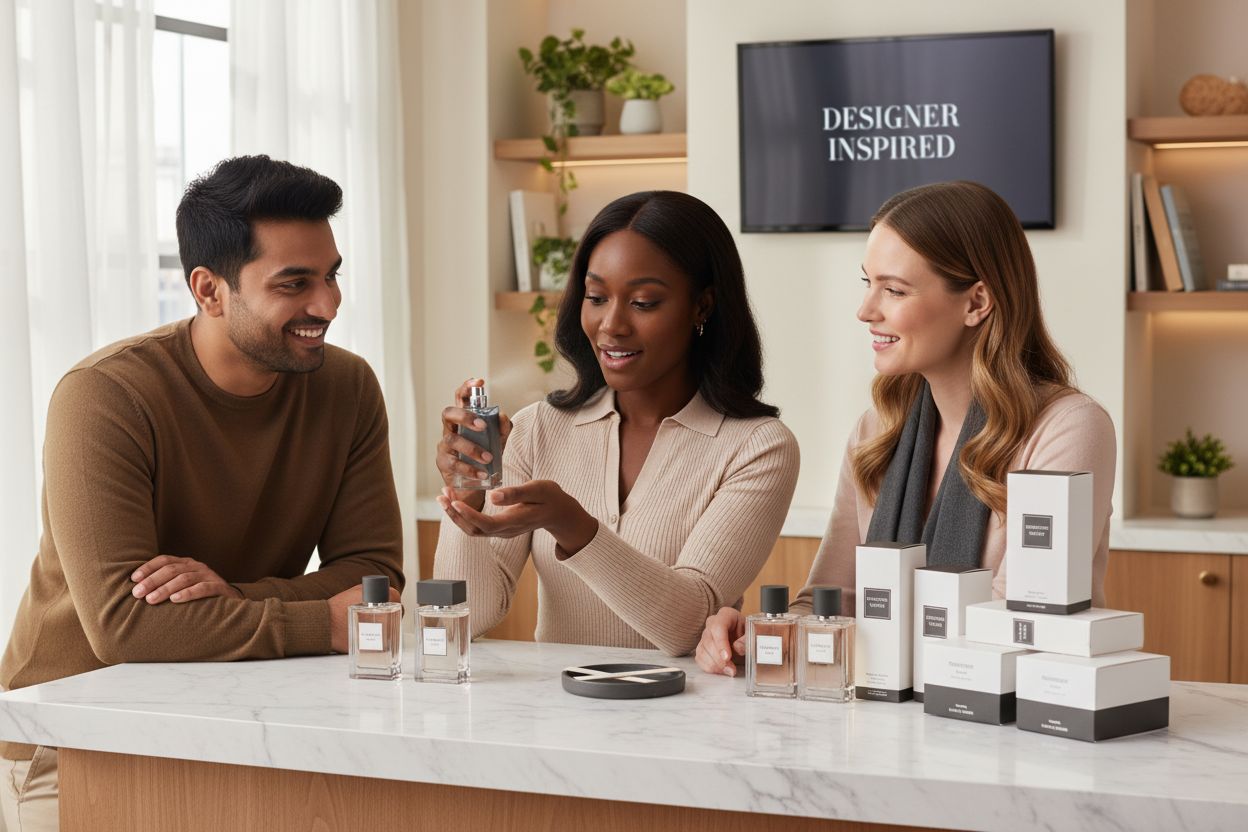

0 comments